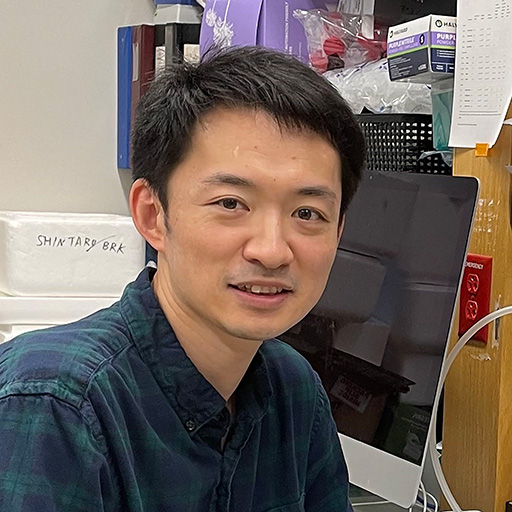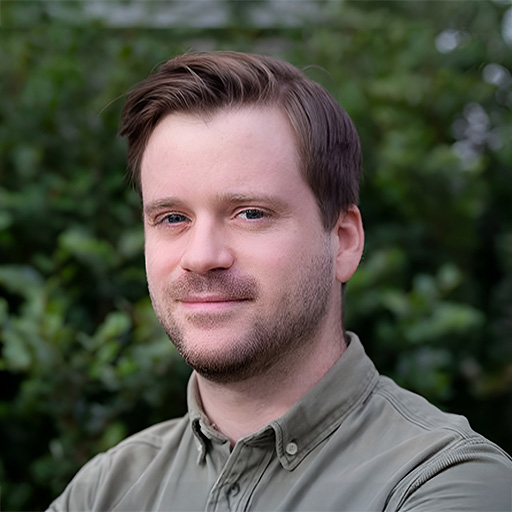Identifying FDA Approved Drugs to Reverse Dry AMD

About the Research Project
Program
Award Type
Postdoctoral Fellowship
Award Amount
$200,000
Active Dates
July 01, 2022 - December 31, 2024
Grant ID
M2022005F
Acknowledgement
Goals
To employ readily available, FDA-approved small molecules and test their potential for reversing AMD-associated pathologies.
Summary
Specific Aim 1: Miniaturized “disease in a dish model” for AMD using porcine retinal cell cultures will be used to test a large drug library. Drugs will be evaluated for their capability to i) reverse AMD pathology and ii) promote retinal pigment epithelium health.
Specific Aim 2: Drugs performing well in Aim 1 will be utilized in a mouse model of AMD pathology. After determining the proper dosage for these lead drugs, extensive evaluation by imaging, histology, and high-end microscopy for their disease reversal potential will be conducted.
Unique and Innovative
Our “disease in a dish” culture system emulates advanced dry AMD pathology in humans. This miniaturized platform enables us to test drugs unbiasedly for their potential to reverse disease. Rescue intervention to reverse disease progression is a more probable real-life necessity, as most often diagnoses are made when the disease is advanced and where preventative measures prove futile.
Foreseeable Benefits
Successful completion of this study will identify drug(s) that are already deemed safe for human use and are capable of rescuing retinas from dry AMD-associated pathologies. As there are no known treatments so far for dry AMD, this discovery can be a breakthrough for future AMD treatments and prognoses.
Grants
Related Grants
Macular Degeneration Research
Innovative Night Vision Tests for Age-Related Macular Degeneration
Active Dates
July 01, 2024 - June 30, 2027

Principal Investigator
Maximilian Pfau, MD
Innovative Night Vision Tests for Age-Related Macular Degeneration
Active Dates
July 01, 2024 - June 30, 2027

Principal Investigator
Maximilian Pfau, MD
Macular Degeneration Research
The Development of a Transplant-Independent Therapy for RPE Dysfunction
Active Dates
July 01, 2024 - June 30, 2026

Principal Investigator
Shintaro Shirahama, MD, PhD
The Development of a Transplant-Independent Therapy for RPE Dysfunction
Active Dates
July 01, 2024 - June 30, 2026

Principal Investigator
Shintaro Shirahama, MD, PhD
Macular Degeneration Research
Immune Cell Traps in Inflammation and Wet Age-Related Macular Degeneration
Active Dates
July 01, 2023 - June 30, 2026

Principal Investigator
Matthew Rutar, PhD
Immune Cell Traps in Inflammation and Wet Age-Related Macular Degeneration
Active Dates
July 01, 2023 - June 30, 2026

Principal Investigator
Matthew Rutar, PhD



